Written by Jonah Bolton (Kalamazoo College) Student Correspondent, CET Colombia Fall 2019
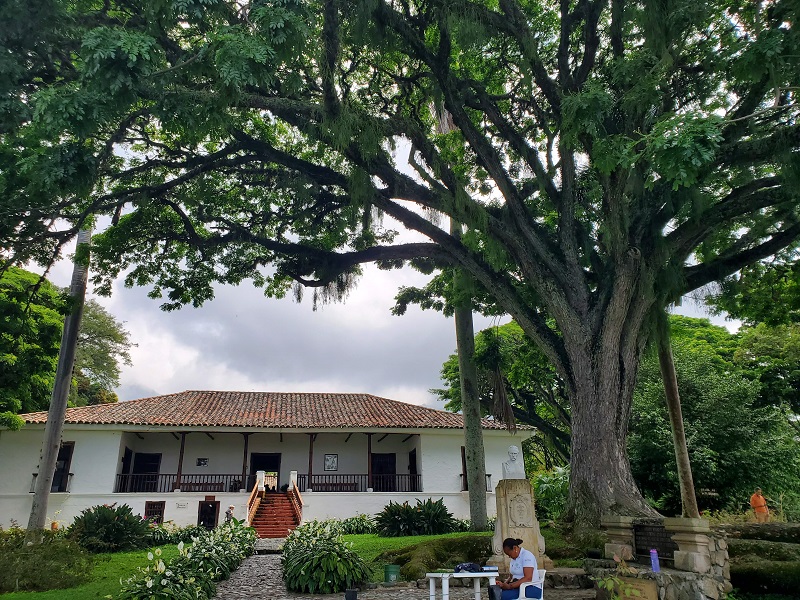

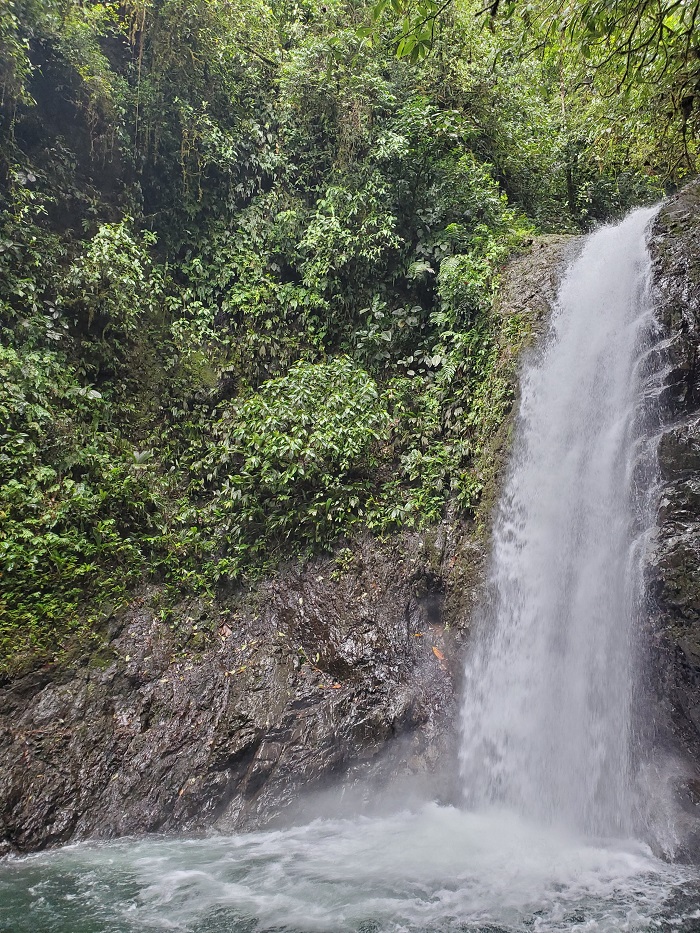
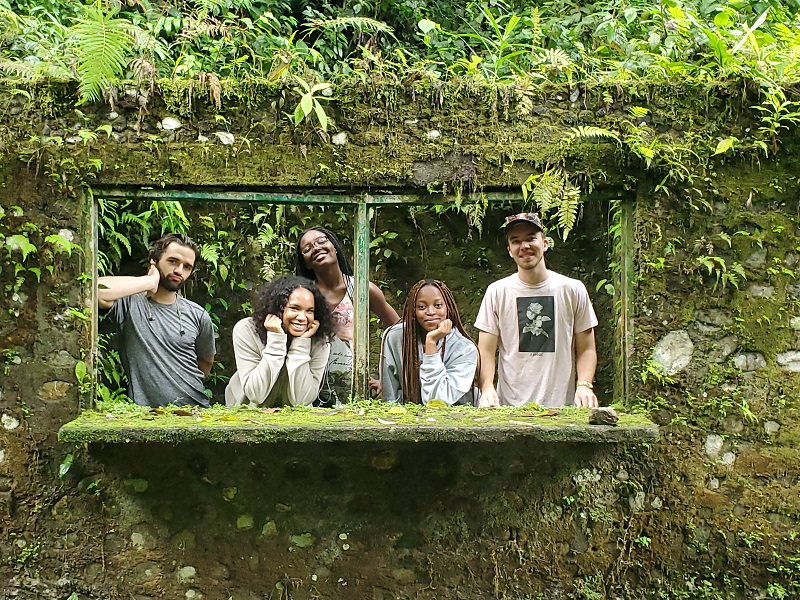
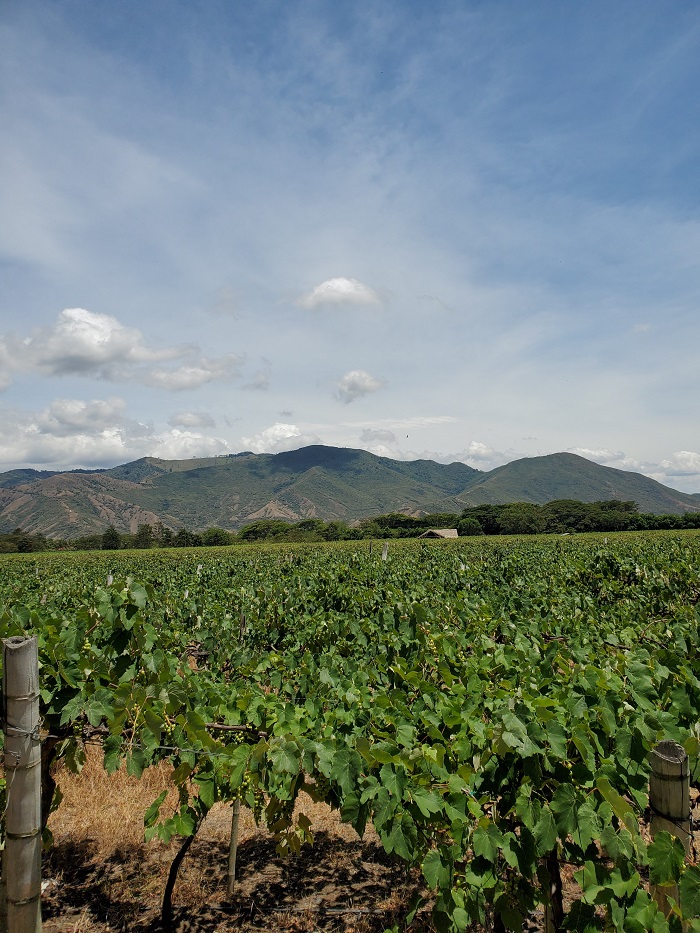
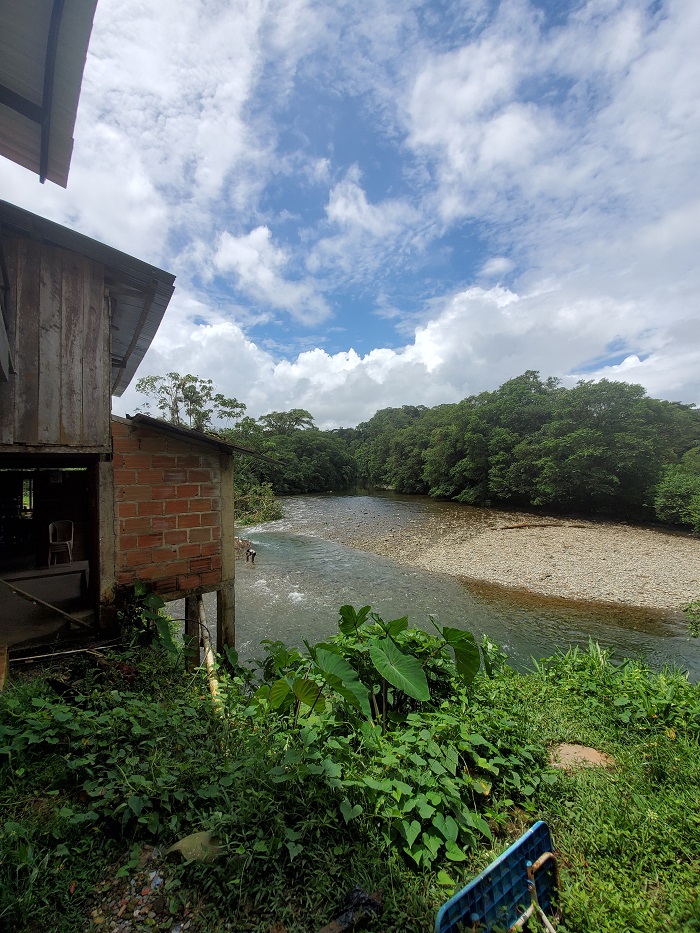
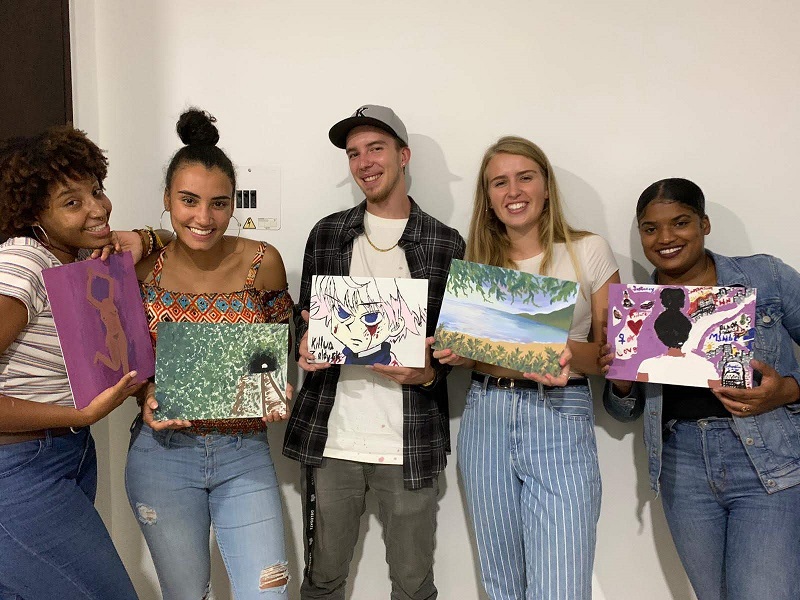
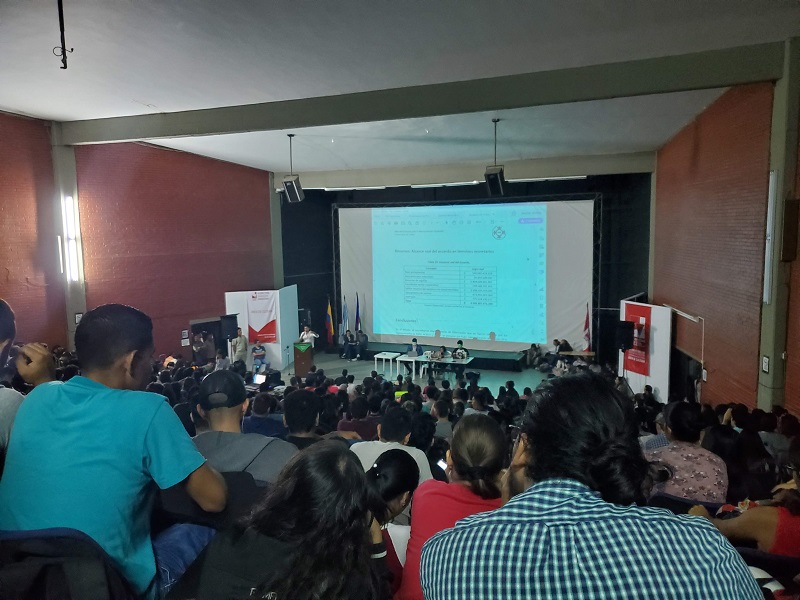
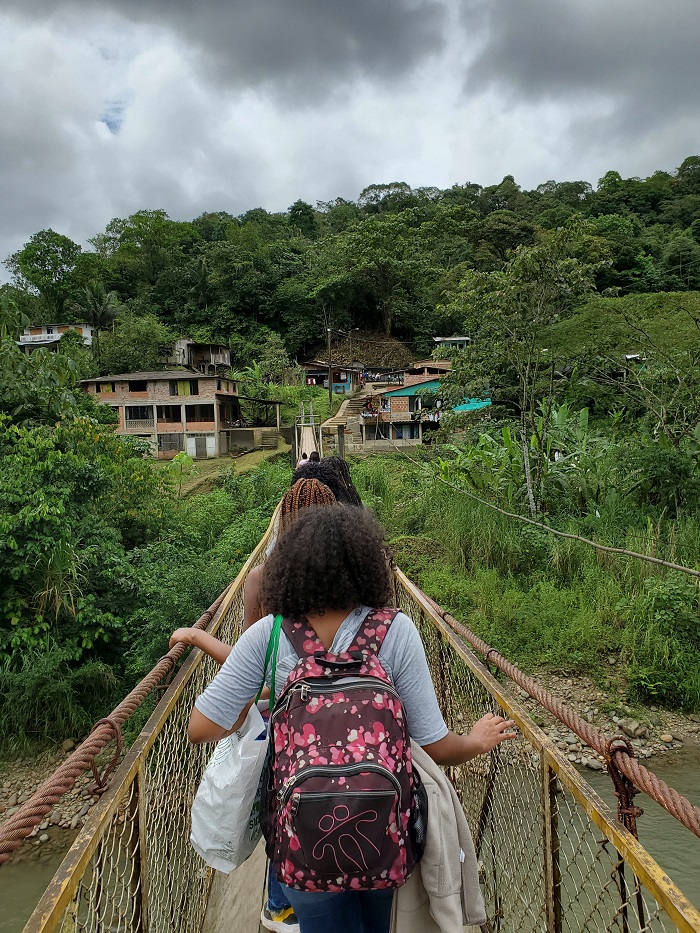
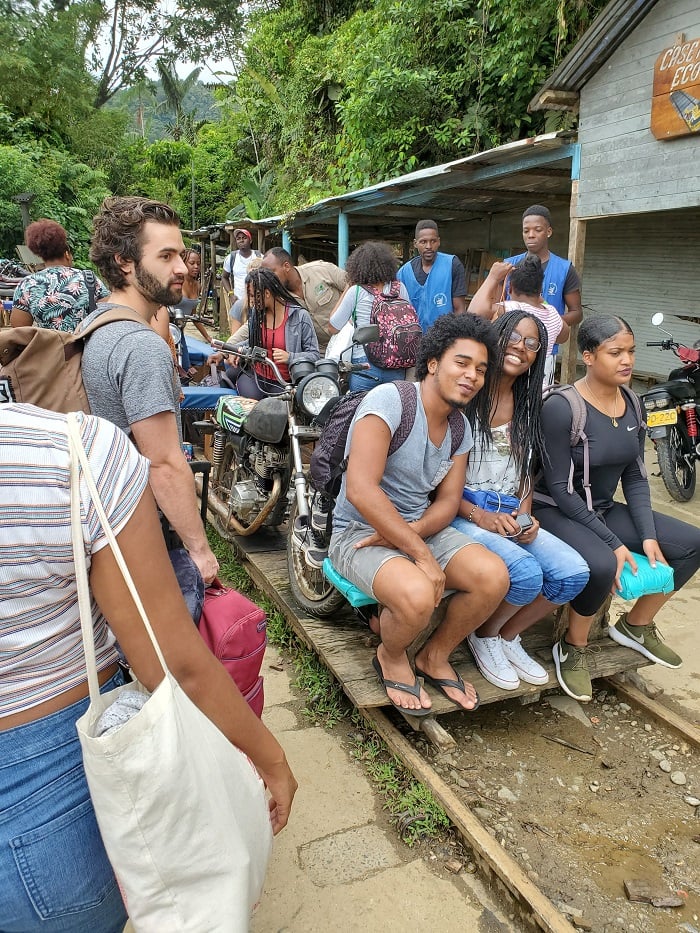
Written by Jonah Bolton (Kalamazoo College) Student Correspondent, CET Colombia Fall 2019










Over the years, we’ve built a strong network of locally-based faculty that we’re proud to call our peers. These faculty make up our Academic Consultation Board—a select group of local voices and thought leaders that help advise and shape components of the CET Jordan program.
Board members support the program in many ways, including but not limited to: